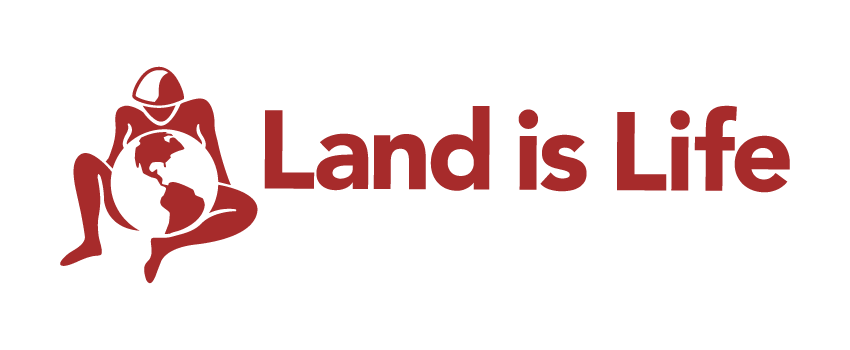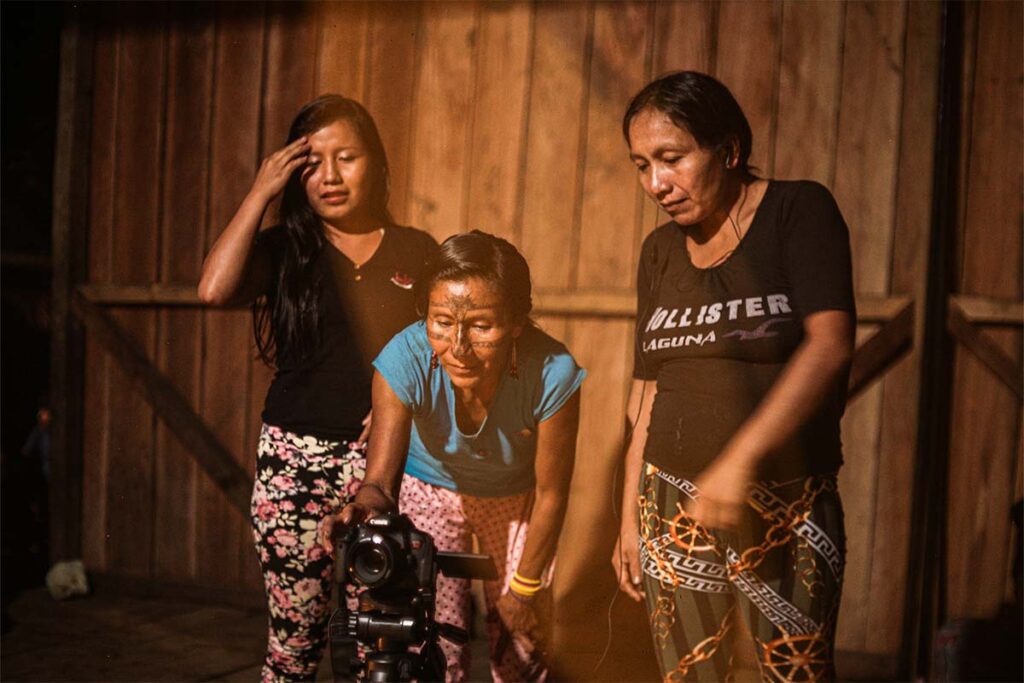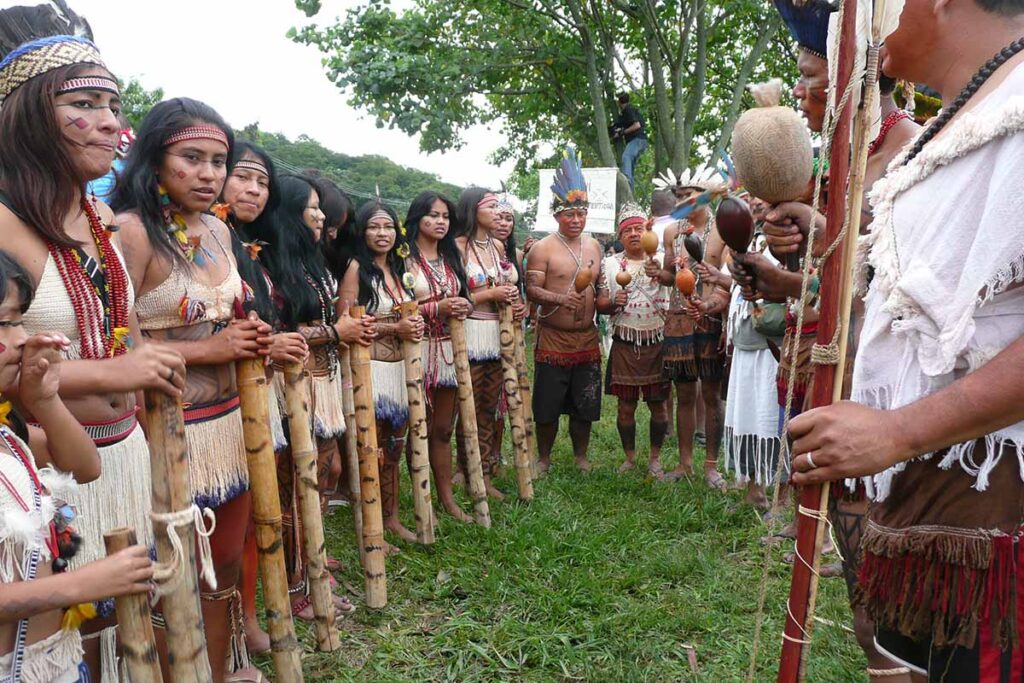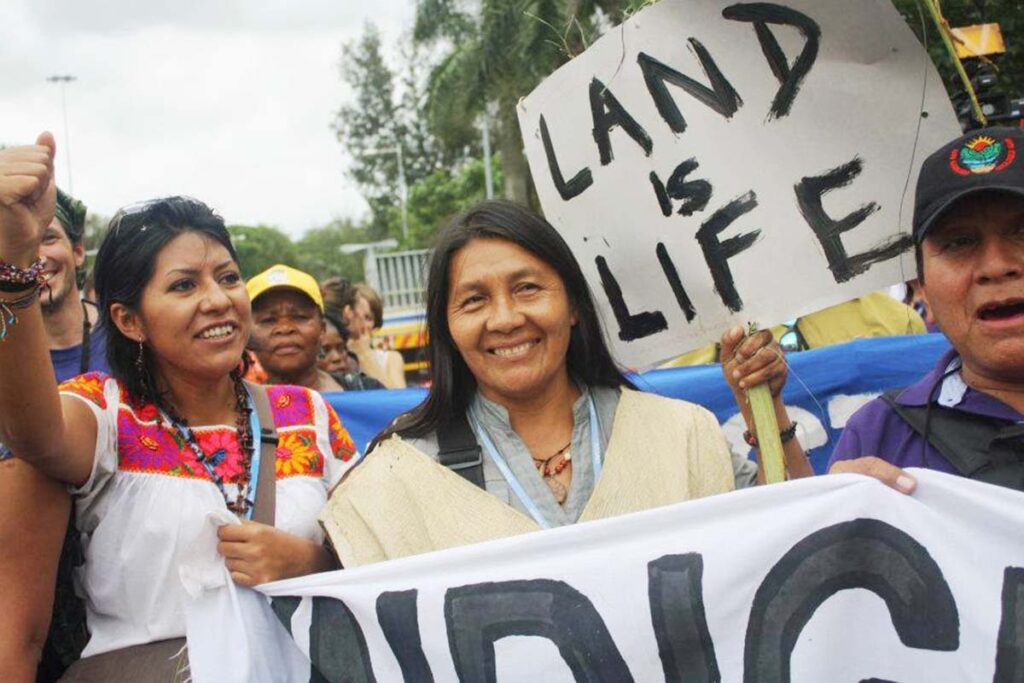We live for the day when Indigenous Peoples around the world are able to practice self-determination; when our human, economic, social, cultural, political, and territorial rights are recognized and respected; when we are free to speak our languages, maintain our sacred traditions and continue the work of caring for our ancestral homelands. We work towards the day when Indigenous Peoples are recognized as valued members of the international community, and we are allowed to assume our rightful roles as partners in the search for a more equitable, just, and suitable world.



